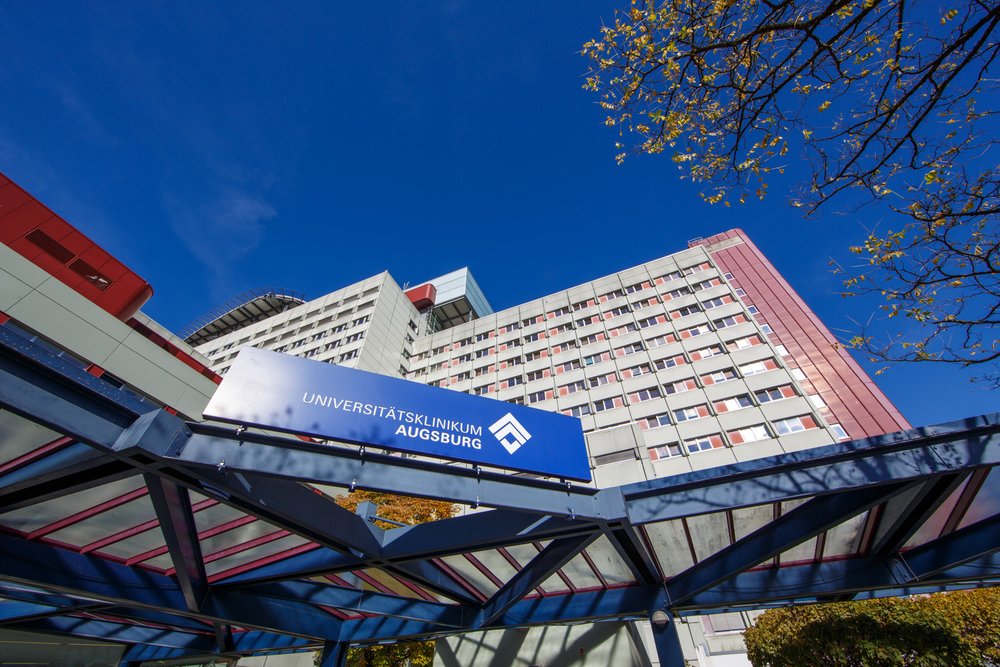Transformation to a circular economy in the UK Augsburg
A key to achieving sustainability targets
Bei der Entwicklung von nationalen Nachhaltigkeitsstrategien spielt die Transformation zu einer zirkulären Wirtschaft eine tragende Rolle. Einrichtungen des Gesundheitsdiensts können für eine erfolgreiche Transformation einen wichtigen Beitrag leisten.
The transformation to a circular economy plays a key role in the development of national sustainability strategies. Healthcare facilities can make an important contribution to a successful transformation.
One challenge for hospitals is complex waste management, which is confronted with a large variety and quantity of waste and must enable waste collection to function in a confined space. The top priority at all times is patient safety. The work processes involved in the fulfilment of medical tasks must not be disrupted by waste management. Changes in waste management must therefore always be orientated towards the requirements of the medical staff and not the other way round.
bifa supports Augsburg University Hospital in the further development of waste management Around 2,700 tonnes of waste were generated at Augsburg University Hospital (UKA) in 2022, around 60 % of which had to be thermally recycled. Previous studies have shown that the volume of waste has increased by around 14% since 2014, which is partly due to the expansion of services at the UKA and the growing number of patients, although the volume of waste has also been heavily influenced by the effects of the pandemic in recent years. It was also shown that a separate collection rate of over 98% was achieved for commercial waste.
One of bifa's recommendations is to focus more on waste prevention measures. It should be examined whether internal processes can be designed in such a way that hospital waste can be avoided at the point of waste generation or collected separately for recycling. Possibilities can also be investigated for substituting disposable medical products with suitable reusable products. One difficulty here is that the environmental impact of medical products is generally not known and therefore the hospital landscape lacks the decision-making basis for sustainable procurement. In order to remedy this situation, the ecological footprint of individual product flows should therefore be determined.
In addition, parts of environmental communication were analysed so that ‘sustainability’ can be transformed from a buzzword into a lived reality in everyday clinical practice.
